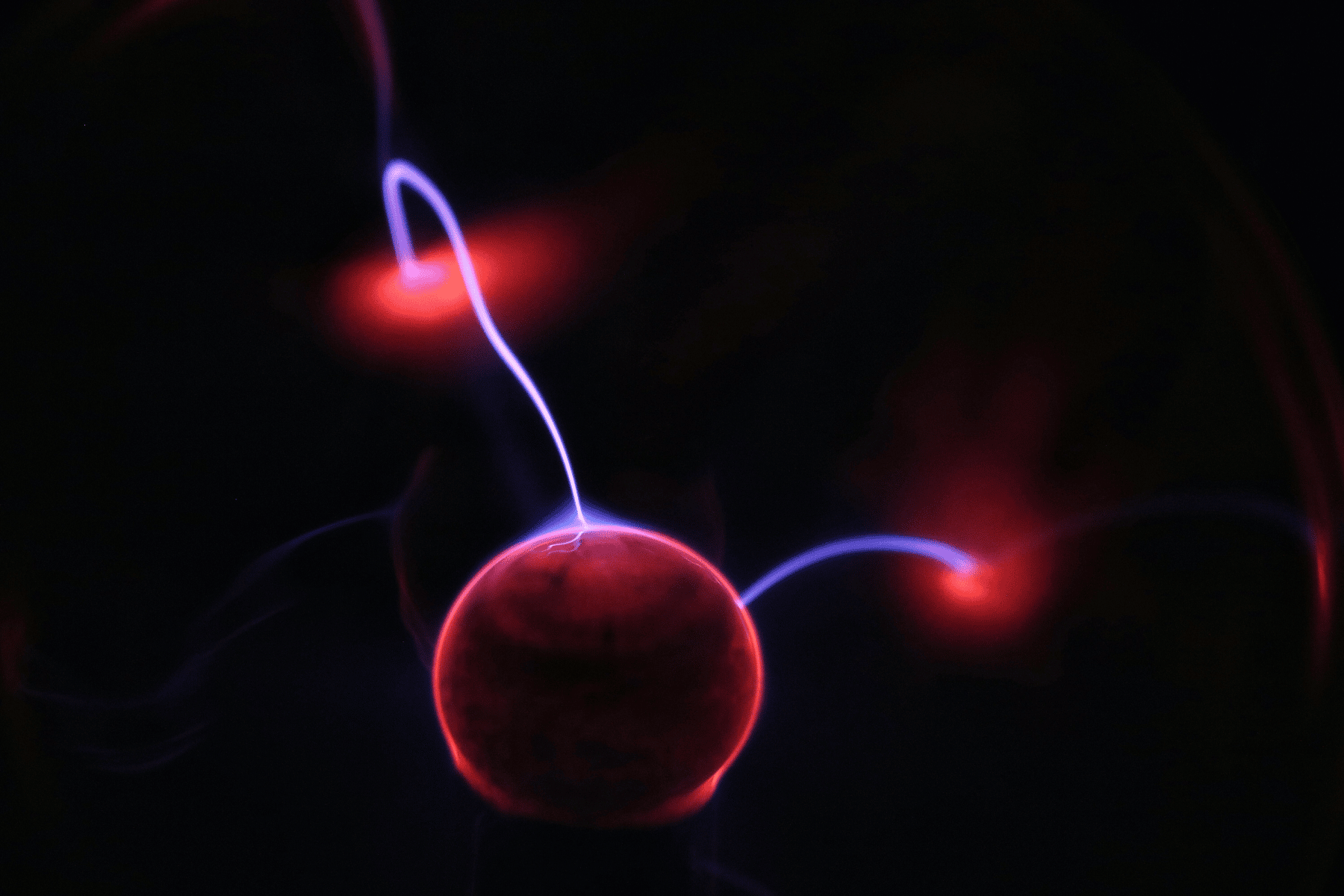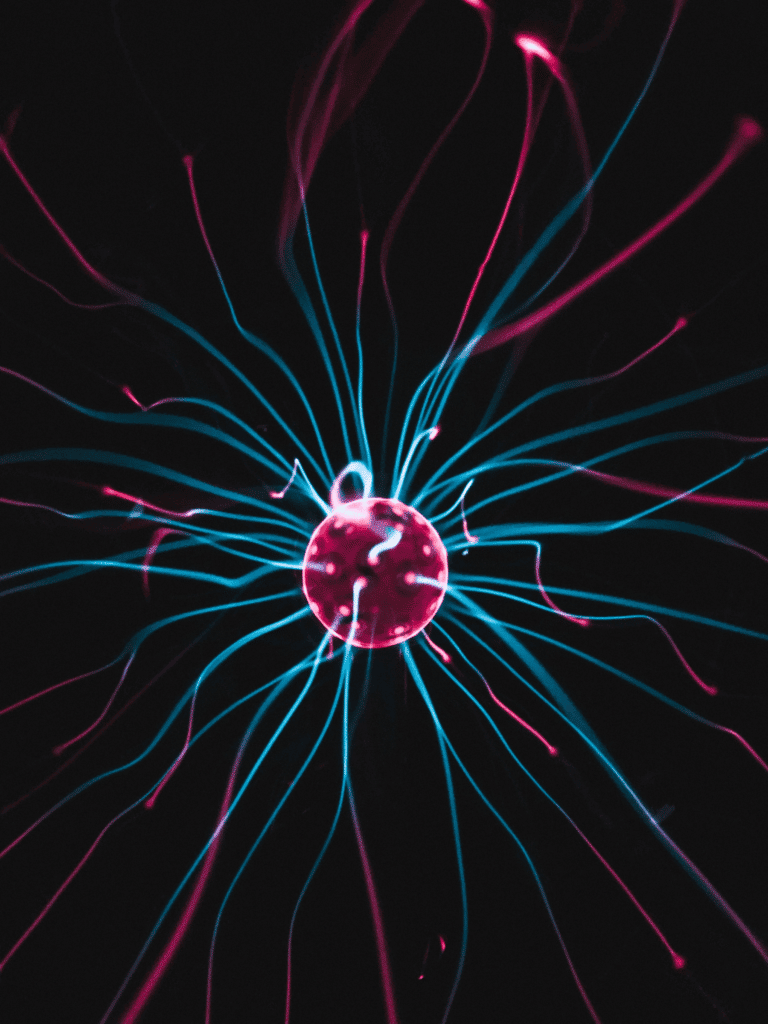Quantum advantage is the Holy Grail of Quantum Computing and key to continuing investment in this technology. Quantum advantage is achieved when it is demonstrated that a quantum computer can outperform state of the art classical computing in a task.
Earlier this month two teams have published results showing systems which outperform classical computers on the same task. In Nature, a team from Toronto’s Xanadu AI report that their photonic quantum computer, Borealis, attains quantum advantage when compared with state of the art algorithms running on classical computers. A Gaussian boson sampling (GBS) model run on the commercially available Borealis takes 36 μs to extract a single sample from the programmed distribution, whereas current classical supercomputers would take more than 9000 years!
With quantum communication and encryption establishing themselves as viable commercial communication technologies, quantum companies will need to look at how patenting in the classical telecoms industry has developed.
In telecoms, Standard Essential Patents (SEPs) have become a necessary part of business.
As new communication technologies develop and become established, technical standards are formed to allow other devices and methods to use the technology. SEPs are patents that must be used if someone wishes to produce a device or has designed a method which is compatible with the standard. The standards are often developed long before the technology comes to market. For example, in the field of telecoms, 5G telephones started to become available in mid-2019, but work started in the 5G standard back in 2008. Already the race is on to develop the 6G standard.
A few days after Xanadu AI’s announcement, a team from Caltech led by Hsin-Yuan Huang published results showing that they have outperformed classical computers using Google’s Sycamore quantum computer. Hsin-Yuan Huang’s team have shown that quantum computers could learn from exponentially fewer experiments than the number required by conventional experiments. This advantage is shown for real world problems such as predicting properties of physical systems, performing quantum principal component analysis, and learning about physical dynamics.
Both of the above referenced reports rely heavily on mathematical frameworks and proofs to demonstrate the advantages presented. .
This can cause its own issues when filing for patent protection. To obtain a patent, it is necessary to explain the invention in sufficient detail so that it can be reproduced by one skilled in the art (sufficiency), for the invention to be new (novelty) and for the invention to be not obvious (inventive step).
The European patent office requires that the effect is “plausible” from the original application. Sometimes this requirement is raised under sufficiency rejections and sometimes under inventive step rejections. The case law on plausibility is from the life sciences sector as it is difficult to tell from the chemical structure of a pharmaceutical if a pharmaceutical produces a claimed therapeutic effect. Therefore, in patent applications for pharmaceuticals, it is advisable to include data indicating the therapeutic effect in the patent application. However, this requirement to provide data in the application as filed has also now started to raise its head in software applications relating to complex algorithms. For this reason, it is advisable to always include results in patent applications demonstrating how well the invention works even if many pages of maths is required to explain the results.





